Freshwater Lentic Communities & Animals
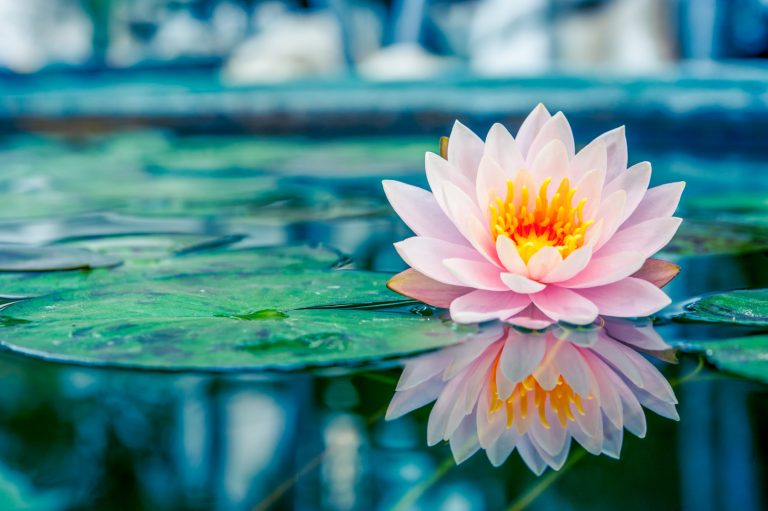
Pink Lotus plant on a pond
Plants that live partially or completely submerged in water are deemed hydrophytes. A form of symbiosis occurs with these hydrophyte plants, which provide means for algae and other organisms to survive in the surrounding environment. This is because the hydrophytes provide the conditions for the likes of algae and bacteria to survive in the environment. In return, herbivore animals tend to feed on this rich blanket of algae as opposed to the plants themselves, therefore protecting them from being consumed.
Animals in this environment feed on this algae, and also upon the detritus matter, the organic material that is rich on the water bed. It is an area of abundant organic material because the plants that survive in this area provide a source of food, and also a source of shelter which can provide protection from predators or a location to hatch offspring in a closed protected area.
This energy-rich environment and suitable conditions allows a wide range of aquatic animals to successfully breed an survive in the area.
Particularly, herbivores thrive in these niches of the community, as there is a rich source of food (plants) growing from the nutrient-rich soil.
You will also like...
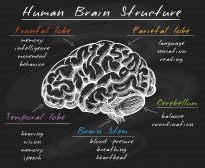
The Conscious & Unconscious Nervous System
This tutorial elaborates on how the nervous system works, particularly at the tissue level of the brain. There are three..
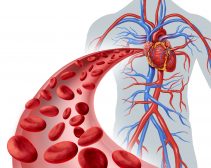
Circulation
The circulatory system is key to the transport of vital biomolecules and nutrients throughout the body. Learn about the ..
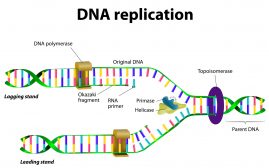
DNA Structure & DNA Replication
DNA is a double helix structure comprised of nucleotides. A nucleotide, in turn, is made up of phosphate molecule, deoxy..
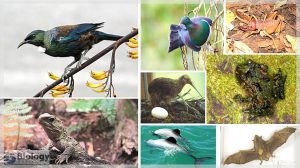
New Zealand’s Unique Fauna
Meet some of New Zealand's unique fauna, including endemic insects, frogs, reptiles, birds, and mammals, and investigate..
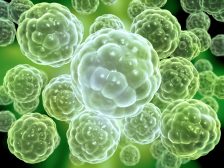
The Evolution of Cell Organelles
The nucleus containing the genetic material, DNA, and the mitochondria, well-identified as the "powerhouse of the cell",..
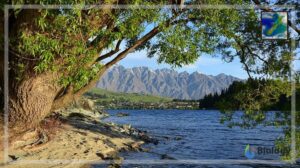
New Zealand’s Unique Geographical History
Explore why New Zealand has such unique flora and fauna, and learn why long periods of geographical isolation. This less..
